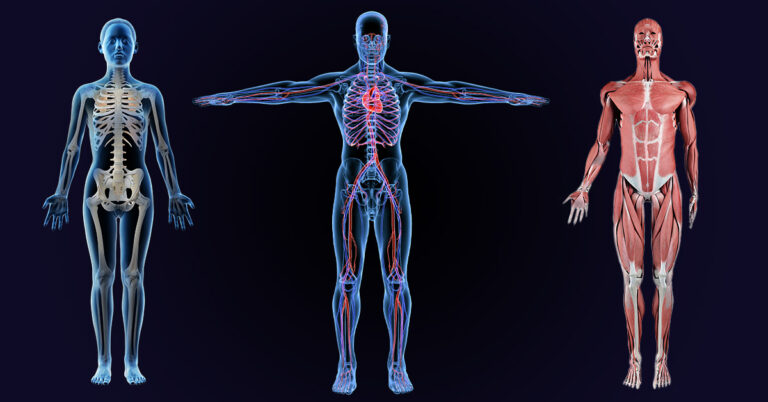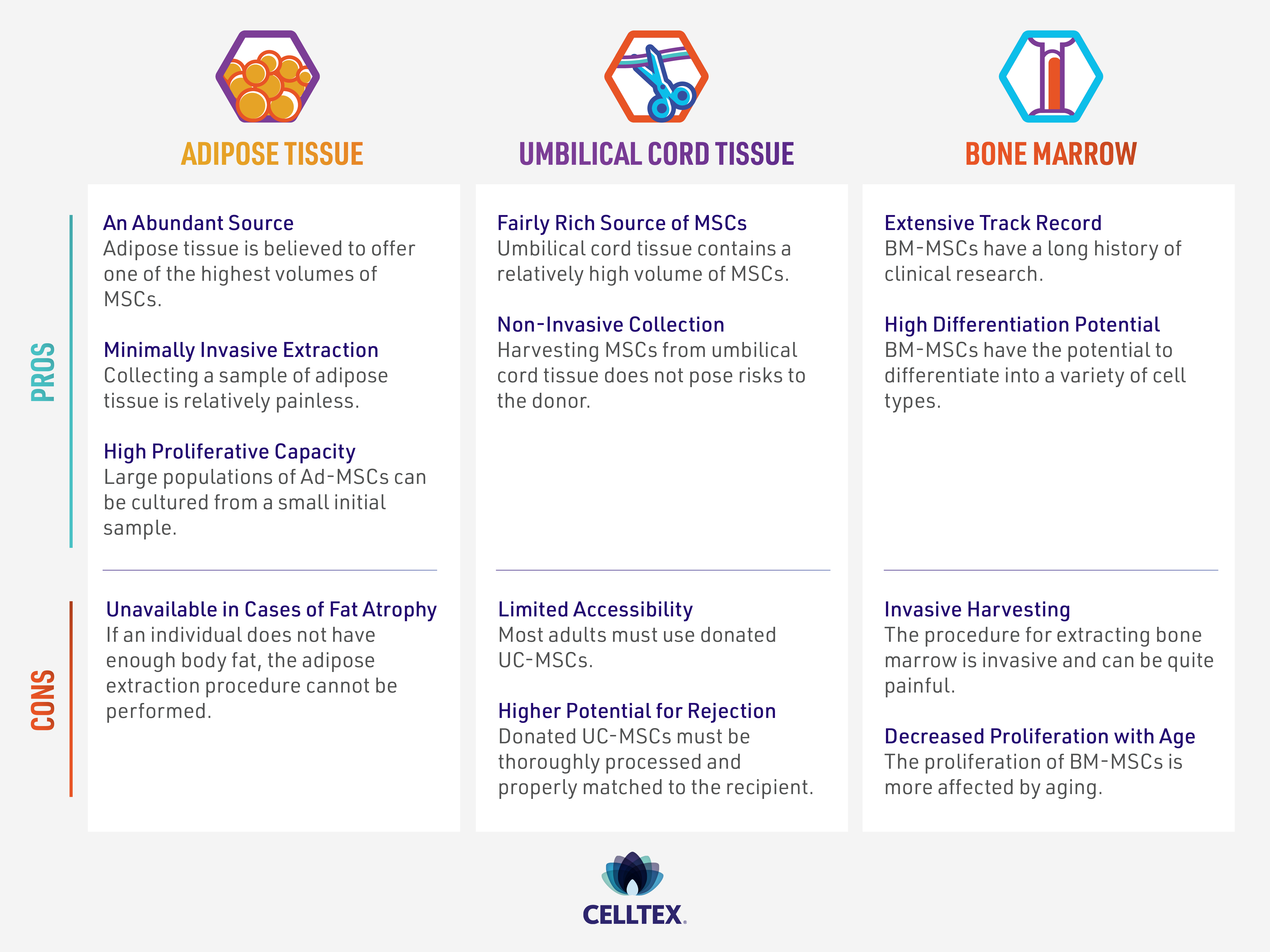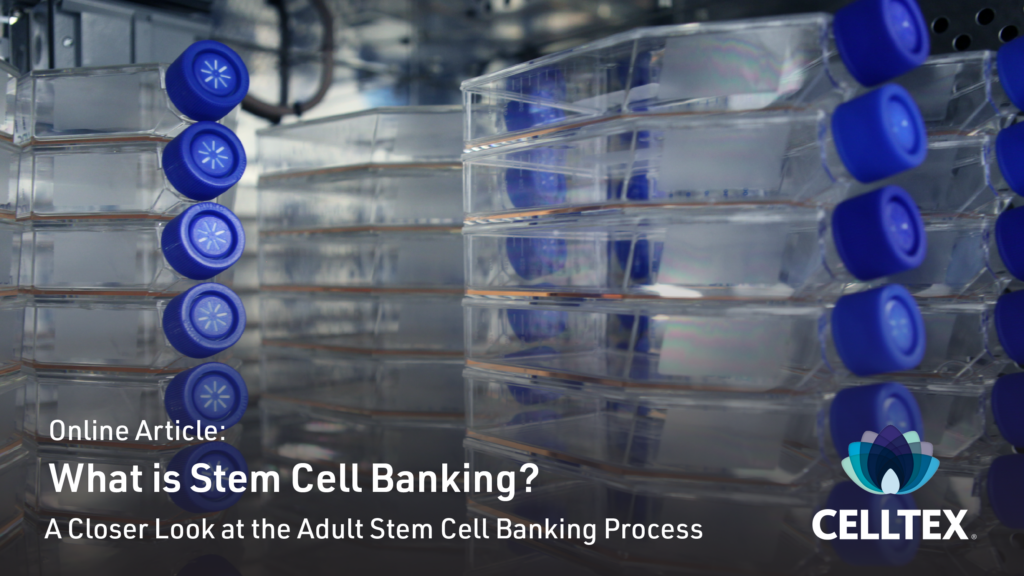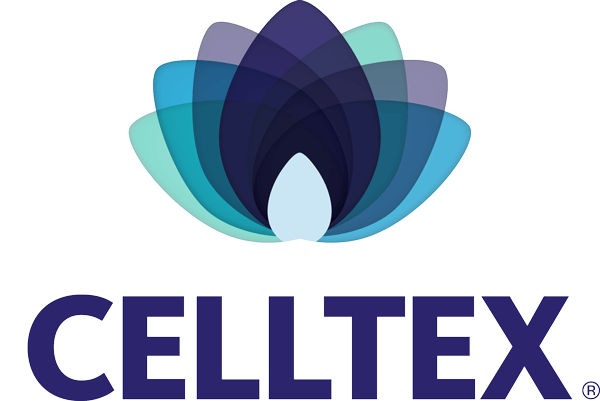Celltex News
Where Are Mesenchymal Stem Cells (MSCs) Found in the Body?

Since the pioneering days of stem cell therapy in the mid-1950s, several innovations have advanced the field of regenerative medicine. For instance, the 2006 discovery of induced pluripotent stem cells (iPSCs) expanded the potential applications of stem cell therapy while addressing the ethical concerns surrounding embryonic stem cell research. Just as significant to the field of regenerative medicine has been the development of Mesenchymal Stem Cell (MSC) therapy as evidenced by the increasing number of clinical studies used to evaluate its remarkable potential.
MSCs were first identified in the 1970s, but the use of MSCs in clinical trials didn’t gain momentum until the 2000s. Unlike hematopoietic stem cells (HSCs), which can only develop into blood cells and are exclusively used in hematopoietic stem cell transplants (HSCTs), MCSs can differentiate into numerous specialized cell types. This partially explains why MSCs have received such an intense focus in the development of modern-day stem cell therapy for certain diseases and health conditions.
Why Are MSCs Used in Regenerative Medicine?
From orthopedic conditions to autoimmune or neurological disorders, the versatility of MSCs in fostering tissue repair and regeneration has captivated the attention of researchers, clinicians, and patients alike.
MSCs can self-renew and, equally important, are multipotent, meaning they can differentiate into several different types of cells. Furthermore, MSCs release biologically active molecules that regulate inflammation, blood vessel formation (angiogenesis), antioxidant production, and scar tissue formation (fibrosis). [1]
MSCs also possess homing properties, which means they can travel to specific destinations in the body. For example, MSCs may migrate to sites that are in distress due to physical damage, excessive inflammation or pro-inflammatory signals, or other contributing factors. Once at these sites, the MSCs may interact with cells at the site, release bioactive molecules, or recruit other cells to the site to help remediate the issue—be that to reduce inflammation, promote healing, or undergo differentiation.
Where Are MSCs Located in the Body?
MSCs have been identified and/or isolated from nearly every tissue type studied to date. While MSCs from these various unique sources share similar properties, there are differences in how and to what extent they express each property.
For example, there may be differences in cell growth rate, bioactive molecule secretion, differentiation capacity/preference, and other biological properties depending on which tissue the MSCs were isolated from.
Three of the most commonly known tissue sources for MSCs are bone marrow, umbilical cord tissue, and adipose tissue. Each of these three sources has specific advantages and disadvantages as a source for therapeutic MSCs:
Bone Marrow
- Pros:
- Extensive Track Record: A popular source of MSCs since early stem cell therapies, thus there’s a long history of clinical research.
- High Differentiation Potential: Bone marrow-derived MSCs (BM-MSCs) have the potential to differentiate into a variety of cell types. They especially have an affinity to differentiate into osteoblastic lineages (bone cells). [2]
- Cons:
- Invasive Harvesting: The procedure for extracting bone marrow is invasive and can be quite painful. Bone marrow aspiration involves inserting a needle into the hip bone or sternum to collect the bone marrow sample.
- Decreased Proliferation with Age: The proliferation of BM-MSCs has been found to be more affected by aging than MSCs from other sources, like adipose tissue. [3], [4]
Umbilical Cord Tissue:
- Pros:
- Fairly Rich Source of MSCs: Umbilical cord tissue, especially Wharton’s jelly—a gelatinous connective tissue that provides structural support to the umbilical cord—contains a relatively high volume of MSCs. [5]
- Non-invasive Collection: Harvesting MSCs from umbilical cord tissue is non-invasive and does not pose risks to the donor. [5]
- Cons:
- Limited Accessibility: Most adults must use donated umbilical cord-derived MSCs (UC-MSCs), unless their own UC-MSCs were collected and stored when they were born.
- Higher Potential for Rejection: Donated UC-MSCs must be thoroughly processed and properly matched to the recipient. Otherwise, the body’s immune system may recognize the donor’s stem cells as a foreign substance and trigger a hyperinflammatory response. [6]
Adipose Tissue:
- Pros:
- An Abundant Source: Adipose tissue is believed to offer one of the highest volumes of MSCs out of any bodily area. In fact, around 5,000 stem cells can be found in just one gram of adipose tissue. [5]
- Minimally Invasive Extraction Process: Collecting a sample of adipose tissue is quick and relatively painless via a mini-liposuction procedure.
- High Proliferative Capacity: Adipose-derived MSCs (Ad-MSCs) possess a robust ability to proliferate and expand in vitro (controlled growth in a laboratory environment); large populations of Ad-MSCs can be cultured from a relatively small initial sample. [5]
- Cons:
- Cannot be Extracted in Cases of Fat Atrophy: If an individual does not have enough body fat, the adipose extraction procedure cannot be performed.

In addition to bone marrow, umbilical cord tissue, and adipose tissue, MSCs can be found in several other areas of the body, including:
- The synovial fluid (the fluid around the joint space)
- Periosteum (the sheath that covers the surface of the bones)
- Dental pulp (connective tissue within the teeth)
- Peripheral blood (the blood that circulates throughout the body)
- Skeletal muscle tissue
- Lung tissue
- Liver tissue
- Pancreatic tissue
- Kidney tissue
While each major tissue source has its advantages and disadvantages as a source of MSCs, it’s important to remember that the MSCs within each hold incredible therapeutic potential.
A Closer Look at Adipose-Derived MSCs
In a 2021 editorial published in the peer-reviewed journal Cells, Bruce Bunnell, Ph.D., a professor and Chair of the Department of Microbiology, Immunology, and Genetics at the University of North Texas Health Science Center, suggested that adipose tissue, or fat, should be viewed through a different lens.
“The long-held belief about adipose tissue was that it was relatively inert in terms of biological activity. It was believed that its primary role was energy storage,” Bunnell said. However, around the end of the 20th century, the notion that fat was an inert source of potential energy “was shattered with the discovery … that adipose tissue is rich in … mesenchymal stem cells (MSCs).” [7]
As Bunnell writes, the primary advantages of adipose tissue compared to other sources such as bone marrow include:
- The abundance of MSCs within the tissue: Around 5,000 stem cells can be found in just one gram of adipose tissue. [5]
- That’s a yield up to 50x greater than what has been found with aspirated bone marrow. Although, it’s important to note that MSC yields will vary between individuals due to confounding factors (i.e., age, health, etc.).
- The abundance of the tissue itself: While there are exceptions, most individuals have enough adipose tissue to spare for a successful extraction procedure; only 20-40 mLs of adipose tissue is required to be collected as starting material for the subsequent isolation of MSCs.
- The ease of tissue collection: The extraction procedure for collecting adipose tissue is much simpler and less invasive than the procedures used to extract other tissue sources, particularly bone marrow.
The discovery in the late 20th- and early 21st centuries that adipose tissue was a rich source of MSCs represented a pivotal breakthrough in regenerative medicine. This finding introduced a more accessible and less invasive method of harvesting MSCs, and it has allowed adipose tissue to become an increasingly common source of MSCs for stem cell banking and therapy.
How To Have Your Adipose-Derived MSCs Banked
Adipose tissue is one of the richest sources of MSCs, and the procedure used to extract it is minimally invasive. This is why Celltex banks adipose-derived MSCs.
Founded by entrepreneur David G. Eller and world-renowned spine surgeon Dr. Stanley C. Jones, Celltex is revolutionizing medical care with the process of Adult Stem Cell Banking.
This is how Celltex’s Adult Stem Cell Banking process works:
Pre-screen, Extraction, and Isolation
Once a blood test determines your eligibility, you’ll be scheduled for a simple, 30-minute procedure to extract a small amount of adipose tissue.
Once extracted, autologous MSCs are isolated from the tissue sample and carefully cultured to establish your lifetime supply of MSCs. From there, your bank of MSCs is cryopreserved in a liquid nitrogen dewar (at -300°F) in our state-of-the-art laboratory in Houston, where they’re safely stored for as long you need them.
(In the Houston area? Take a tour of the Celltex laboratory or visit the lab virtually.)
Therapy
If a client decides—with the recommendation of a qualified physician—to receive stem cell therapy, some of your stored MSCs are taken from the bank and culture expanded in the laboratory to a therapeutic dose.
The therapeutic dose made available through Celltex’s process is exponentially larger than what is administered through most other regenerative medicine offerings.
Many regenerative medicine options—such as same-day stem cell clinics—only offer MSC quantities in the tens of thousands. However, certain conditions and injuries may require a vastly larger number of MSCs to notice results.
Celltex’s Adult Stem Cell Banking process yields MSC quantities in the hundreds of millions—significantly increasing the potential for positive results.

Learn More About Celltex
Interested in learning more about Celltex stem cell banking or stem cell therapy? Request a virtual brochure, watch our educational webinars, or contact us directly.
References:
- Murray, I. R., & Péault, B. (2015). Q&A: Mesenchymal stem cells – where do they come from and is it important?. BMC Biology, 13, 99. https://doi.org/10.1186/s12915-015-0212-7
- A., Kamali, A., Moshiri, A., Eslaminejad, M.B. (2017). Role of Mesenchymal Stem Cells in Bone Regenerative Medicine: What Is the Evidence?. Cells Tissues Organs, 204(2), 59–83. https://doi.org/10.1159/000469704
- Hofer, H.R., Tuan, R.S. (2016). Secreted trophic factors of mesenchymal stem cells support neurovascular and musculoskeletal therapies. Stem cell research & therapy, 7(1), 131. https://doi.org/10.1186/s13287-016-0394-0
- Beane, O. S., Fonseca, V. C., Cooper, L. L., Koren, G., Darling, E. M. (2014). Impact of Aging on the Regenerative Properties of Bone Marrow-, Muscle-, and Adipose-Derived Mesenchymal Stem/Stromal Cells. PLOS One, 9(12), e115963. https://doi.org/10.1371/journal.pone.0115963
- Via, A. G., Frizziero, A., & Oliva, F. (2012). Biological properties of mesenchymal Stem Cells from different sources. Muscles, Ligaments and Tendons Journal, 2(3), 154–162.
- Madlambayan, G., & Rogers, I. (2006). Umbilical cord-derived stem cells for tissue therapy: current and future uses. Regenerative Medicine, 1(6), 777–787. https://doi.org/10.2217/17460751.1.6.777
- Bunnell B. A. (2021). Adipose Tissue-Derived Mesenchymal Stem Cells. Cells, 10(12), 3433. https://doi.org/10.3390/cells10123433
Post Tags: adult stem cell therapy, stem cell banking, stem cell therapy
More Recent News
Exploring Regenerative Medicine Beyond Stem Cell Therapy
For many, stem cell therapy is to regenerative medicine what Google is to internet searches. Yet, there are other procedures within the regenerative medicine field that may be recommended depending on the health concern being addressed.
In this article, we explore several regenerative medicine options, including platelet-rich plasma (PRP), bone marrow aspirate concentrate (BMAC), stromal vascular fraction (SVF), and exosomes.
Read MoreWhat Makes MSCs So Promising? A Deep Dive on Mesenchymal Stem Cells
Present in the body throughout one’s lifespan, adult Mesenchymal Stem Cells (MSCs) can be used in many types of regenerative medicine. This article explores how MSCs work in the body and what makes them suitable for therapeutic application.
Read More
